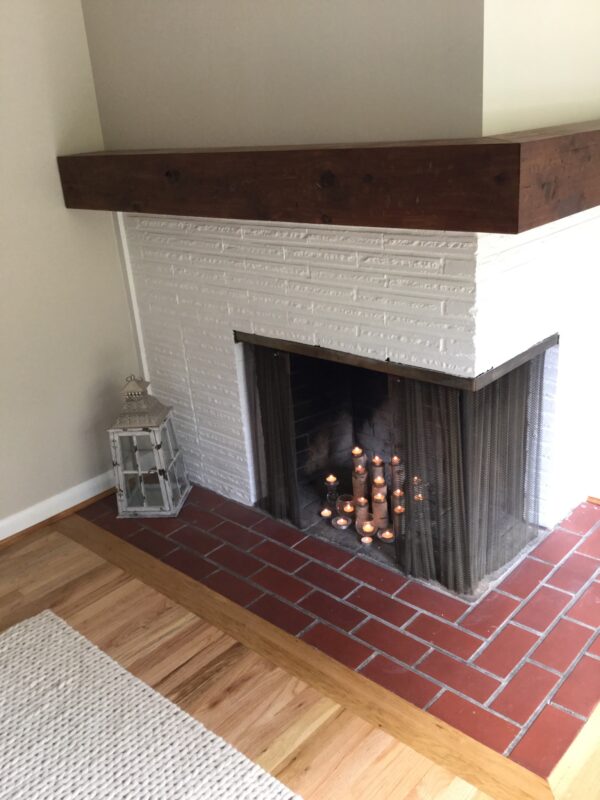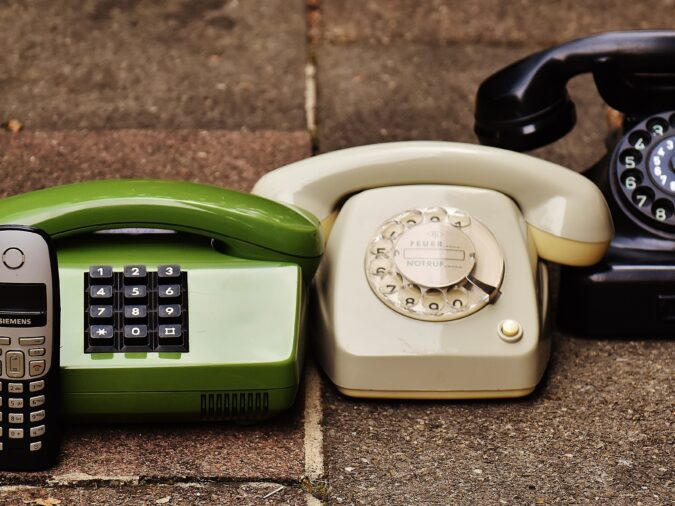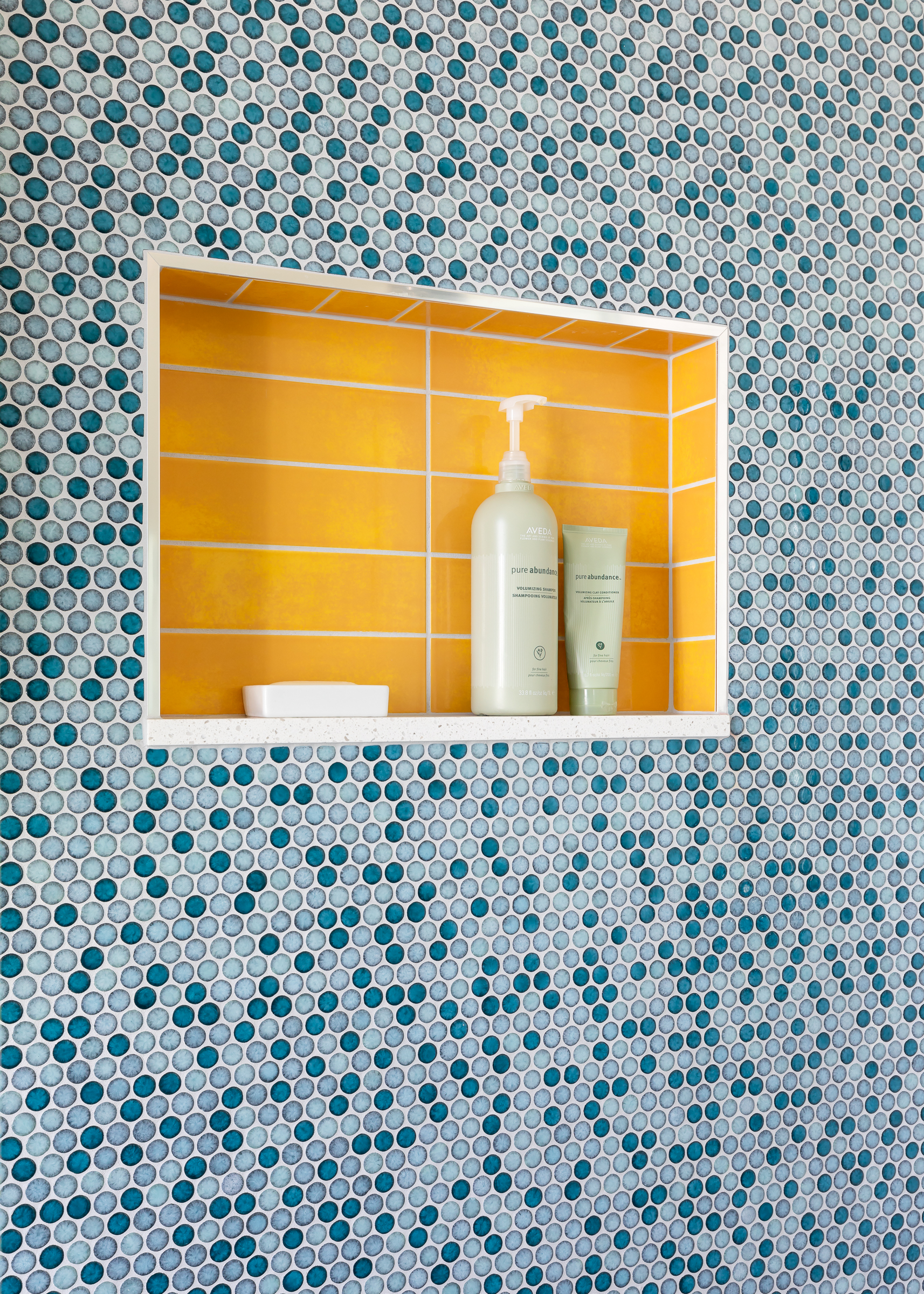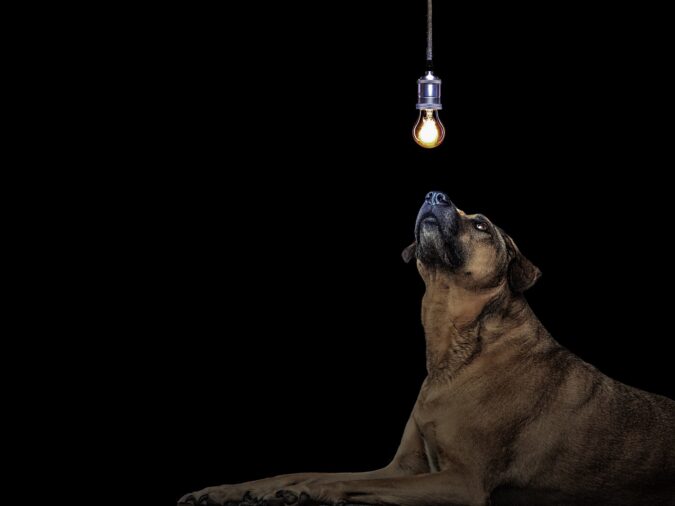Can I convert my wood burning fireplace into a gas fireplace?
Can I convert my wood burning fireplace into a gas fireplace?

Eager to get happy at home right now?
Get 10 tips for a happier home!
Wondering if you can convert your wood burning fireplace to a gas fireplace?
The answer is: maybe!
First, let’s clarify what you mean by “gas fireplace.”
When most folks talk about installing a gas fireplace, they’re usually thinking of an “insert.” A gas insert is a self-contained metal and glass box that’s installed into your old brick or stone wood-burning fireplace. It generally uses your existing chimney to vent away the fumes that come from burning gas. They are very energy efficient and can effectively heat spaces of all sizes!
On the other hand, you might be thinking of a gas starter for a wood-burning fireplace, or adding a gas log set to your existing wood-burning fireplace. Both a gas starter or a gas log set will give you a more convenient way to have a fire, but it’s *not* very effective for heating your home. Unlike with a gas insert (which is *designed* to heat a space!), about 70% of the heat escapes up your chimney with standard wood-burning and gas fireplaces. 😳
Assuming you’re looking for both the look of a cozy fire *and* an efficient way to heat your room, then you’ll want a gas insert. So, can you have one?
If we’re talking about a front-facing fireplace (see this blog on corner or L-shaped fireplaces), then here are some questions to ask to get this project rolling:
Question 1: Do I have a gas line to my home?
If yes, Great! You are well on your way to toasty nights by the fire. You’ll just have to hire someone to run the existing gas line to your fireplace. Routing the gas line will cost at least a few hundred dollars, and possibly a few thousand, depending on the distance it needs to be run, and how easy it is to access (for example, through a crawlspace). As an example, when we ran a gas line in Dec 2020 about 20 feet to our new range it cost us about $1500 just to extend the line. Well worth it to cook with gas! 😁
If the answer is no but there *is* gas to your street, you’re not out of luck yet, but the price is starting to go up. You’ll want to check with your local gas company about the costs of bringing the gas from the street to your house – that might cost $5,000 or more, depending on the distances.
On the other hand, if gas isn’t even in your neighborhood yet, then you could be looking at tens of thousands of dollars 😳 to run it to the street and *then* to your home… you might want to get your neighbors together to share that cost!
Question 2: What size insert do I need?
The size of your insert will be dictated by the size of your existing fireplace, but since most masonry and brick fireplaces are built by hand, there is *no* consistency in size from fireplace to fireplace.
Fireplace companies (like one of our local family-run favorites, Hearthside and Home) will come out to your home to measure your existing fireplace and let you know which models will fit. Note that if you have a very shallow fireplace, you may have to get creative and build out the fireplace a bit. Since most of our clients are retiling the face of their fireplace anyway, this might already be part of your design plan.
Question 3: What else will be part of this project?
Making sure you have gas to fuel the gas insert, and making sure you get the right-sized insert, are just two ingredients of your fireplace makeover. Other questions we’d be asking include:
- Are you planning on hanging a TV above the fireplace? How will you run the wiring so it’s not trailing all over your tile or brick?
- Is the hearth up to code for the model of insert you want? (Some don’t need a hearth at all, but you must follow the specifications for *your* model and follow your city’s code for safety!)
- Planning to update the mantle? How close can it be to the insert (each one has specific clearances for combustible materials)?
- Planning to repaint your existing brick or retile your fireplace face? Your fireplace folks won’t be doing that work, so you may be coordinating a few different contractors.
It’s all doable, of course!! It just takes a bit of planning and comprehensive design so you know exactly what you’re getting yourself involved in!
For example, in this before-and-after, in addition to running the gas and installing the gas fireplace insert, the design included retiling the face and hearth of the fireplace, repainting the wall, wallpapering the back of the built-in shelves, and replacing the light fixtures:
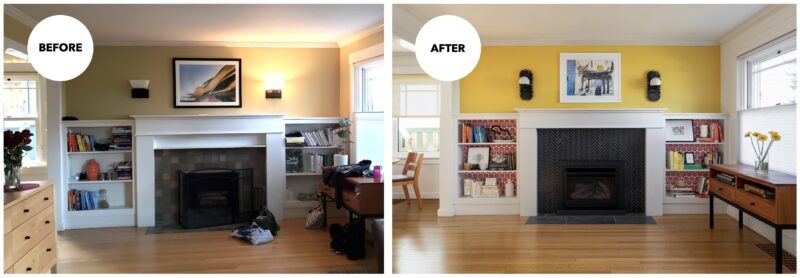
Wondering how it’ll vent to the outside?
Your fireplace folks will take care of this issue, but in case you’re wondering… Since you are putting this insert into an existing fireplace, it’s very likely that it’ll be vented right out the old chimney with a direct-vent system. Direct vent (both the safest and the most common kind of insert venting) is a two-pipe system where one pipe feeds fresh air to the sealed insert and the other pipe directs the fumes outside of the home. While your fireplace folks will likely route that double pipe through your old chimney, they might also vent out an exterior wall.
So, what if you *can’t* convert your fireplace into a gas insert?
There are any number of things that might keep you from getting that gas insert.
First, there might be something special about your fireplace that won’t work with an insert. For example, if you’ve got a two-sided, or “L” shaped corner fireplace (the kind with a front *and* side opening) like this…
… then know that (as of writing this) no one makes inserts for this application. Have an L-Shaped corner fireplace and *also* have your heart set on an insert, or at least making it look more finished or substantial? Check out this blog for two ways to handle an L-shaped corner fireplace update. 🤓
But even if you have a feasible project, once you’ve done your research you might simply decide that it’ll cost more money than you want to spend… and that’s okay! We all have to make decisions about when and how we’ll spend our money. If you’ve discovered that you can’t convert your fireplace, or that you need to wait a bit and save up for the conversion, there are loads of creative things to do with your old wood burning fireplace that are less messy than burning real wood (like how Melissa at Sincerely Saturday filled the fireplace above 👆👆👆 with multi-height candles!)! Watch for our next blog on more fun ways to bring the warmth of a fire into your home when you don’t have gas or a functioning wood-burning fireplace!)
I hope this helps in your pursuit of cozy chats and warm beverages by a fire! And once you find out if you can install that fireplace insert of your dreams, we’re here to help you choose paint colors, mantle styles, hearth and fireplace tile and more – just schedule a Design Helpline to get started!
May your home always be happy!


HI, I'M REBECCA WEST!
I’m an interior designer, author, podcaster, speaker, and coach to other designers. (Whew!) But I’m not your classic interior designer because, frankly, I don’t care if you buy a new sofa. I do care if your home supports your goals and feels like “you.” Remember, happy starts at home!
More From Seriously Happy Homes
Are you ready for a seriously happy home?
(Cue the confetti!)

Eager to get happy at home right now?

